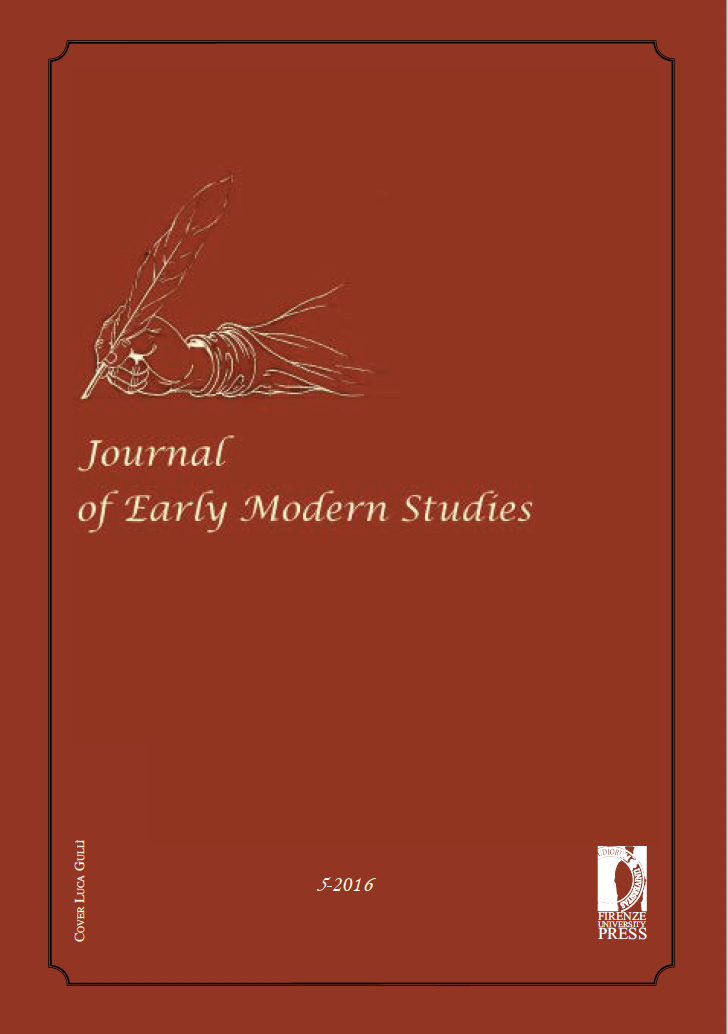Abstract
The production of playtexts in early modern England falls between two categories of artistic provenance: textual production in quill and print and oral transmission of the text committed to paper. Both categories are rightly speaking processes, and may be repeated several times over within the lifespan of a play. The former is the domain of authors, scribes and printers, the latter the responsibility of actors using their memories to verbally transmit the play in performance. An early modern playtext may thus be (co)written, probably performed and potentially printed, and possibly rewritten, reperformed and reprinted in almost any given combination. It is only to be expected that a number of stylistic ‘complications’ will ensue. The question remains how to determine which stylistic markers characterise which creative domain. This paper returns to the cross-roads between authorship attribution and the quantification of other (oral, collective) style markers in an attempt to offer discussion and a better overview of appropriate methodologies for determining which features may feasibly be attributed to which source(s).


